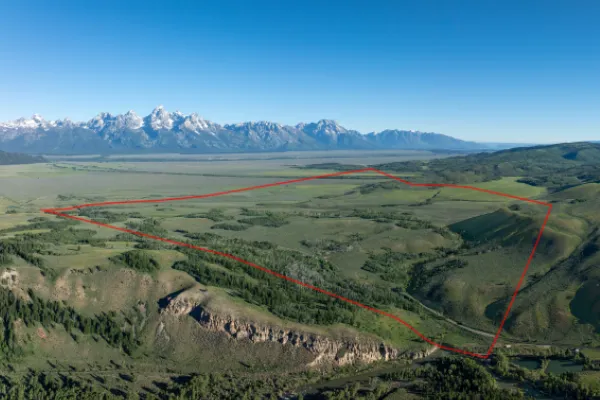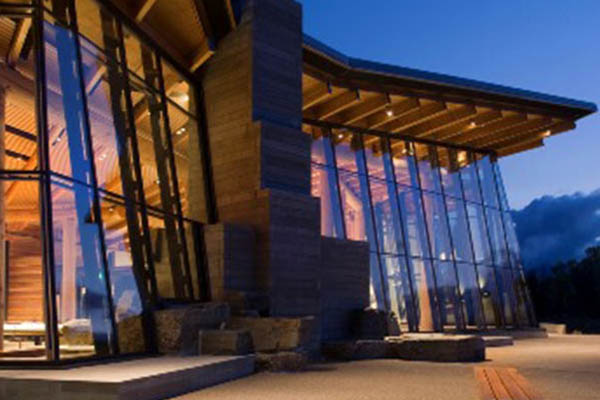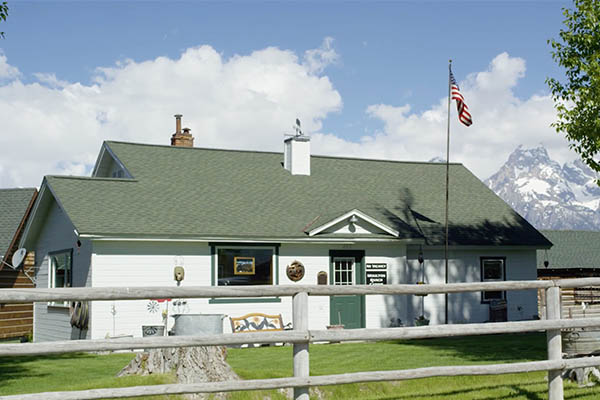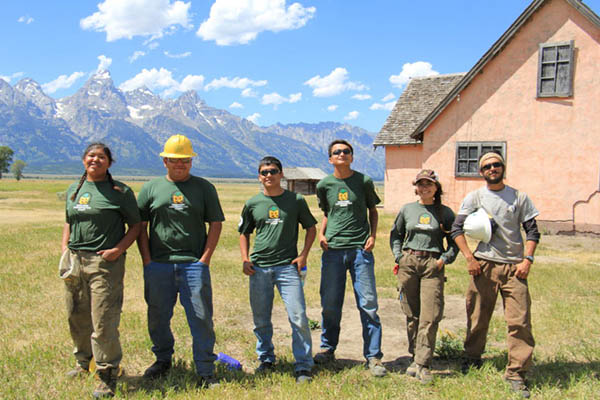
Shorter days and cooler nights mean Grand Teton’s wildlife are preparing for the long winter ahead. Many species have already begun migrating to warmer regions; however, the mild autumn weather has allowed some to linger along their migration paths to continue foraging at lower elevations.
Pronghorn: Most pronghorn migrate out of Jackson Hole to the Upper Green River Basin near Pinedale. Historically the local herd numbered 300-400 animals, with nearly all leaving the valley in winter. In some years, a few remain on or near the National Elk Refuge. The herd continues to slowly recover from the severe 2022–2023 winter die-off. As the temperatures cool, small bands are gathering in the sagebrush flats around Blacktail Butte before following the historic path of the Pronghorn up the Gros Ventre drainage.
Elk: Elk movements will increase in November as temperatures cool and snow accumulates in the high country, pushing herds along their migration paths to lower elevations and winter ranges.
Moose: Moose migrate locally each fall to areas of better forage. Many moose move to lower elevations seeking areas with abundant willows. Some will stay at higher elevations for the winter, foraging on spruce and fir. In the southern end of the Grand Teton, moose are visible as they concentrate in the sagebrush browsing on bitterbrush and other shrubs that provide essential fall nutrition.
Mule Deer: Park mule deer are moving to their wintering areas. Deer that winter near Cody along the North and South Forks of the Shoshone River began migrating in early to mid-October, while those that winter near Dubois, ID or Jackson, WY move later in the month or in early November. Mule deer coats have shifted from their summer tawny brown to a sleek winter grey, one of the more visible examples of seasonal pelage changes in temperate climate ungulates.
Bears: Bear activity increased early this fall as grizzly and black bears entered hyperphagia, consuming as many calories as possible before hibernation. Grizzly bears are still sighted in the park’s northern areas as they forage on remaining natural foods. By late October, many bears begin entering their dens. That trend will continue into early December as snow deepens, and food sources become inaccessible. With bears focused on bulking up for their winter slumber, visitors and residents can help keep bears wild by securing attractants and never leaving food
or garbage accessible.
Rough-legged Hawks: These long-distance migrants, which spend their summers in the Arctic tundra, typically arrive in the valley during November. Look for them perched on fence posts or other vantage points as they scan open areas for prey.
Resident Birds: The woods have grown quieter as most migratory birds have departed for warmer regions. Year-round residents include gray jays, Clark’s nutcrackers, chickadees, ravens, great horned owls, bald eagles, pine grosbeaks, goldeneyes, and trumpeter swans.
Bats: Six bat species are common in the valley, including little brown, big brown, hoary, silver haired, long-legged, and long-eared bats. Bat activity plummets by mid-September, though long-legged and silver-haired bats are still present in smaller numbers through October.
Fish: Native mountain whitefish are beginning to spawn in many park lakes and streams. Fall spawning among nonnative brook, brown, and lake trout is nearly complete. As water levels drop in streams and rivers to winter lows, larger fish move to deeper pools or downstream reaches to overwinter.
Beaver: All fall, beaver work industriously cutting and caching branches and sticks underwater in the mud at the bottom of their ponds in preparation for winter. They access this stored food beneath the ice, bringing it back through underwater passageways to eat in the lodge. They also reinforce their lodges with a thick layer of sticks and mud that hardens like cement, providing insulation and making the structure impenetrable to most predators.
Wildlife watching in October can be especially rewarding as animals congregate or move through lower elevations. Always keep a safe distance and respect wildlife—if an animal changes its behavior, stops feeding, or moves away, you are too close. On roadways in and around the park, stay alert, slow down, and watch for wildlife crossing, especially at night and in low light.










